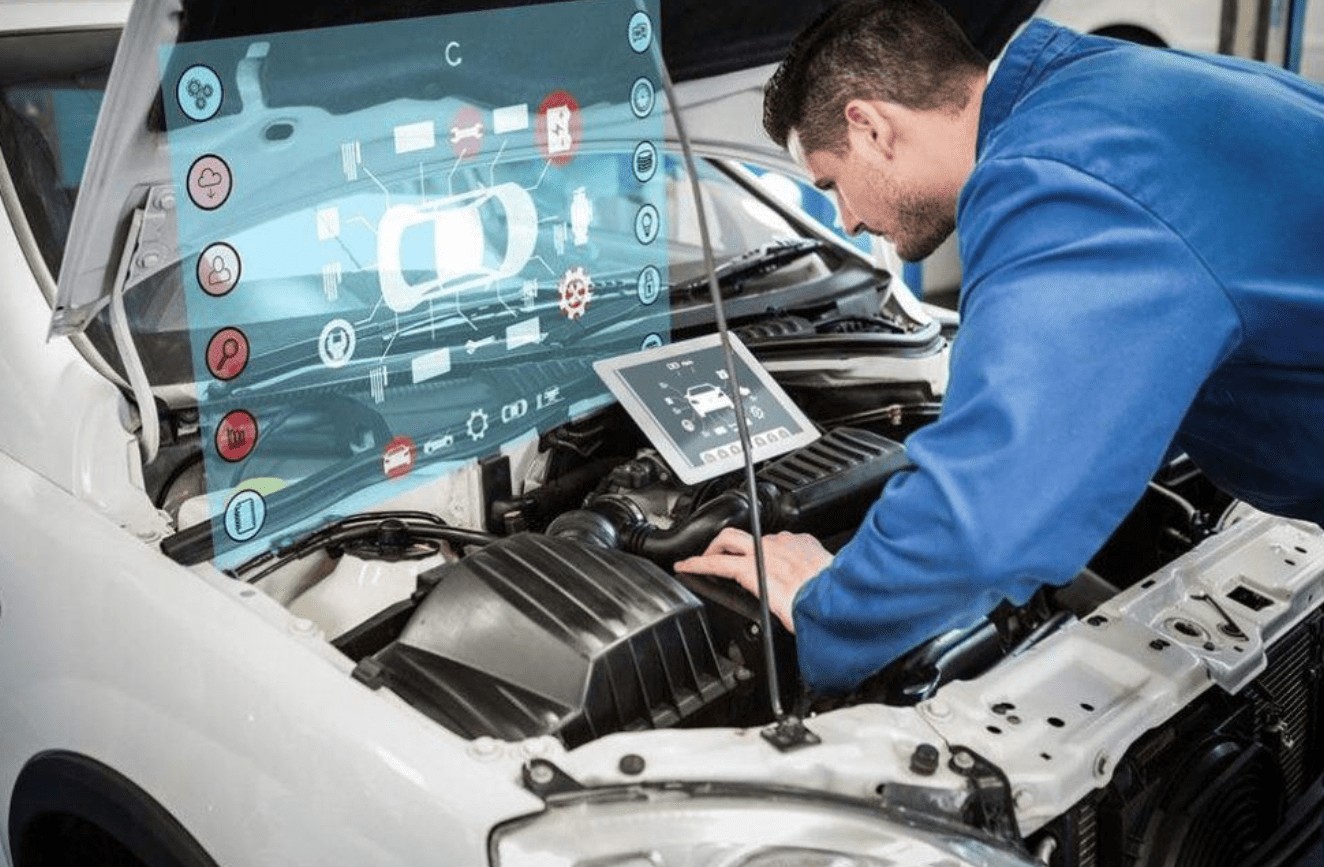In today’s competitive automotive market, efficiency is key to success. Auto dealerships face increasing pressure to turn inventory faster, maintain vehicle quality, and deliver exceptional customer service—all while managing costs. Vehicle reconditioning software has emerged as a powerful tool that is reshaping the way dealerships operate by streamlining the reconditioning process, improving workflow, and boosting overall efficiency.
What Is Vehicle Reconditioning Software?
Vehicle reconditioning software is a digital platform designed to manage the inspection, repair, and preparation of used vehicles for sale. It replaces traditional paper-based and manual processes with a centralized, automated system that tracks each vehicle’s condition, needed repairs, parts ordering, labor assignments, and progress updates in real time.
Streamlining Workflow and Communication
One of the biggest challenges in vehicle reconditioning is coordinating the many moving parts involved—inspections, estimates, repairs, quality checks, and final approvals. Before digital solutions, these steps often involved fragmented communication between sales, service, and reconditioning teams, causing delays and errors.
Reconditioning software centralizes all information on one platform accessible to all stakeholders. Service technicians can update repair statuses instantly, parts managers can track inventory and order supplies directly through the system, and sales teams can monitor progress without waiting for manual reports. This transparency reduces bottlenecks and helps everyone work in sync.
Reducing Turnaround Time
Faster vehicle turnaround means more vehicles ready for sale and less time tied up in the lot, directly improving profitability. Vehicle reconditioning software accelerates turnaround by providing automated workflows and task prioritization based on each vehicle’s needs.
Dealerships can create customized checklists and schedules for each vehicle, ensuring no step is overlooked. Automated alerts notify teams when repairs or inspections require attention, helping avoid costly delays. Real-time updates allow managers to identify stalled jobs and reallocate resources efficiently to keep vehicles moving through the reconditioning pipeline.
Improving Accuracy and Quality Control
Manual inspections and paperwork are prone to human error and inconsistencies, which can lead to missed damages or incomplete repairs. Vehicle reconditioning software enhances accuracy by standardizing inspections and documentation.
Using mobile devices or tablets, inspectors can follow digital checklists, capture photos of damage, and generate detailed reports instantly. These records serve as an auditable history of each vehicle’s condition and the work performed, reducing the risk of disputes or returns due to overlooked issues.
Additionally, quality control managers can use the software to perform final inspections with clear criteria and electronically approve vehicles before they reach the sales floor, ensuring only thoroughly reconditioned vehicles are presented to customers.
Cost Savings and Resource Optimization
By automating parts of the reconditioning process, dealerships save time and reduce administrative overhead. Less time spent chasing paperwork and coordinating repairs means labor hours can be reallocated to more value-added activities.
The software’s parts management capabilities also help optimize inventory by tracking usage trends and minimizing excess orders. Streamlined communication reduces duplicate work and rework caused by miscommunication or missing information.
Furthermore, with detailed cost tracking per vehicle, dealerships can better analyze profitability and make data-driven decisions on pricing and reconditioning investments.
Enhancing Customer Satisfaction
Efficiency gains do not just benefit internal operations—they also improve the customer experience. Faster turnaround times mean vehicles reach the showroom quicker, increasing inventory availability and variety for buyers.
The thorough documentation and quality control facilitated by reconditioning software build customer confidence in the condition and value of used vehicles. Some platforms even allow dealerships to share inspection reports and repair histories directly with customers, fostering transparency and trust.
Conclusion
Vehicle reconditioning software is transforming auto dealership efficiency by digitizing and automating critical processes that were once manual, slow, and error-prone. From streamlining workflow and reducing turnaround times to improving quality control and cutting costs, these tools help dealerships operate more smoothly and profitably in a competitive market.
Dealerships that adopt reconditioning software gain a strategic advantage, enabling them to recondition vehicles faster, keep customers satisfied, and ultimately increase sales. Any dealership that wants to stay ahead in the car industry will need to use these digital solutions as technology keeps getting better.
